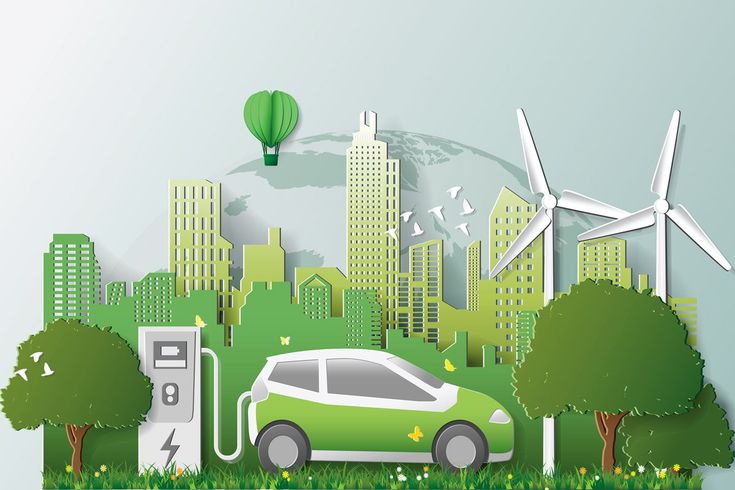Nanotechnology—science at the scale of atoms and molecules—has the potential to revolutionize industries from medicine to manufacturing. However, like any powerful technology, it also poses serious risks if misused or poorly regulated. As we stand at the cusp of a nanotech-driven era, it becomes crucial to address a pressing question: How can we prevent the development of dangerous nanotechnology?
Understanding the Risks
Before we dive into solutions, it’s important to understand what makes nanotechnology potentially dangerous:
-
Environmental Impact: Nanoparticles can be highly reactive and may harm ecosystems when released into air, water, or soil.
-
Health Risks: Inhalation or ingestion of certain nanoparticles could lead to toxicity, inflammation, or unknown long-term effects in humans.
-
Weaponization: In the wrong hands, nanotechnology could be used to create undetectable weapons, including biological agents or surveillance tools.
-
Loss of Control: Autonomous nanosystems, such as self-replicating nanobots, could spiral out of control if not properly designed or regulated.
So, how do we strike a balance between innovation and safety?
1. Establishing Global Regulations
One of the most critical steps is the development of international nanotechnology regulations. Just like nuclear technology, nanotech should be governed by globally accepted rules that:
-
Define safe use and disposal methods.
-
Set manufacturing standards.
-
Ban specific high-risk applications (e.g., nanoweapons).
-
Encourage transparent reporting of research and deployment.
Global collaboration ensures that rogue development is minimized, and there is accountability across borders.
2. Ethical Oversight in Research
Universities, tech companies, and labs must adopt ethical review boards specifically trained in nanotech. These boards would:
-
Evaluate the potential societal impact of proposed experiments.
-
Enforce “do no harm” principles.
-
Reject projects that could lead to weaponization or irreversible damage.
Ethics must guide innovation, not follow it.
3. Promoting Safe-by-Design Approaches
A “safe-by-design” approach integrates safety features right from the conceptual phase. This includes:
-
Limiting self-replication abilities of nanobots.
-
Ensuring nanomaterials degrade harmlessly in the environment.
-
Creating nanostructures that are only functional under controlled conditions.
Designing with foresight minimizes unintended consequences.
4. Public Awareness and Education
A well-informed public acts as a natural check against dangerous tech. By increasing awareness about nanotechnology’s pros and cons:
-
Citizens can push for stronger regulations.
-
Scientists can be held accountable.
-
Future developers can be inspired to innovate responsibly.
Educational institutions and media have a big role in demystifying nanotechnology.
5. Funding Responsible Innovation
Governments and investors should support projects that prioritize public benefit over private profit. This means:
-
Encouraging open-source nanotech research.
-
Funding projects focused on healthcare, renewable energy, and environmental clean-up.
-
Avoiding ventures linked to military or surveillance uses unless strictly regulated.
Incentivizing responsibility reshapes the development landscape.
6. Early Detection and Risk Assessment
Regular monitoring systems should be developed to detect harmful nanoparticles in the environment. This includes:
-
Real-time air and water quality sensors.
-
Standardized testing of nanomaterial toxicity.
-
Independent watchdog organizations that audit nanotech companies and research labs.
Prevention starts with early detection.
Conclusion
Nanotechnology holds the key to incredible advancements—but with great power comes great responsibility. Preventing the development of dangerous nanotechnology isn’t about halting progress. It’s about guiding it wisely, ethically, and with a long-term vision for humanity and the planet.

